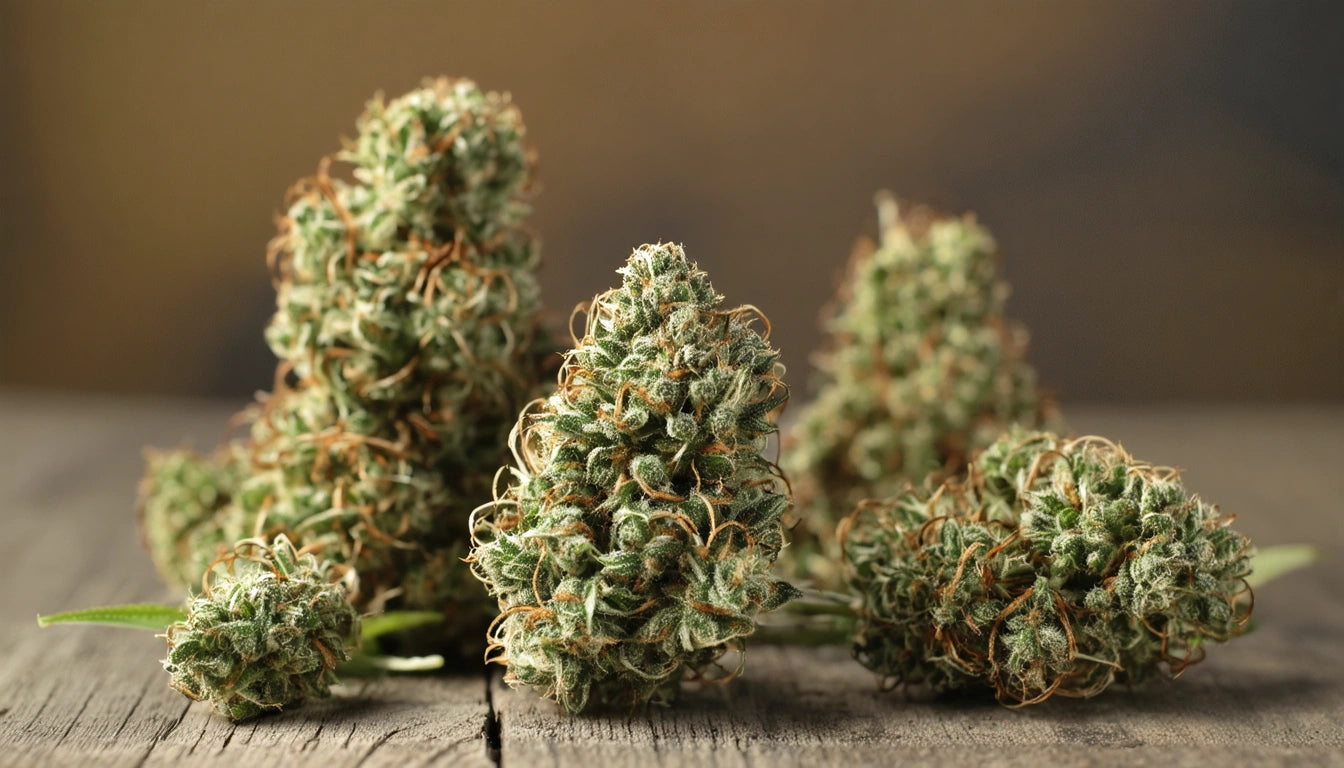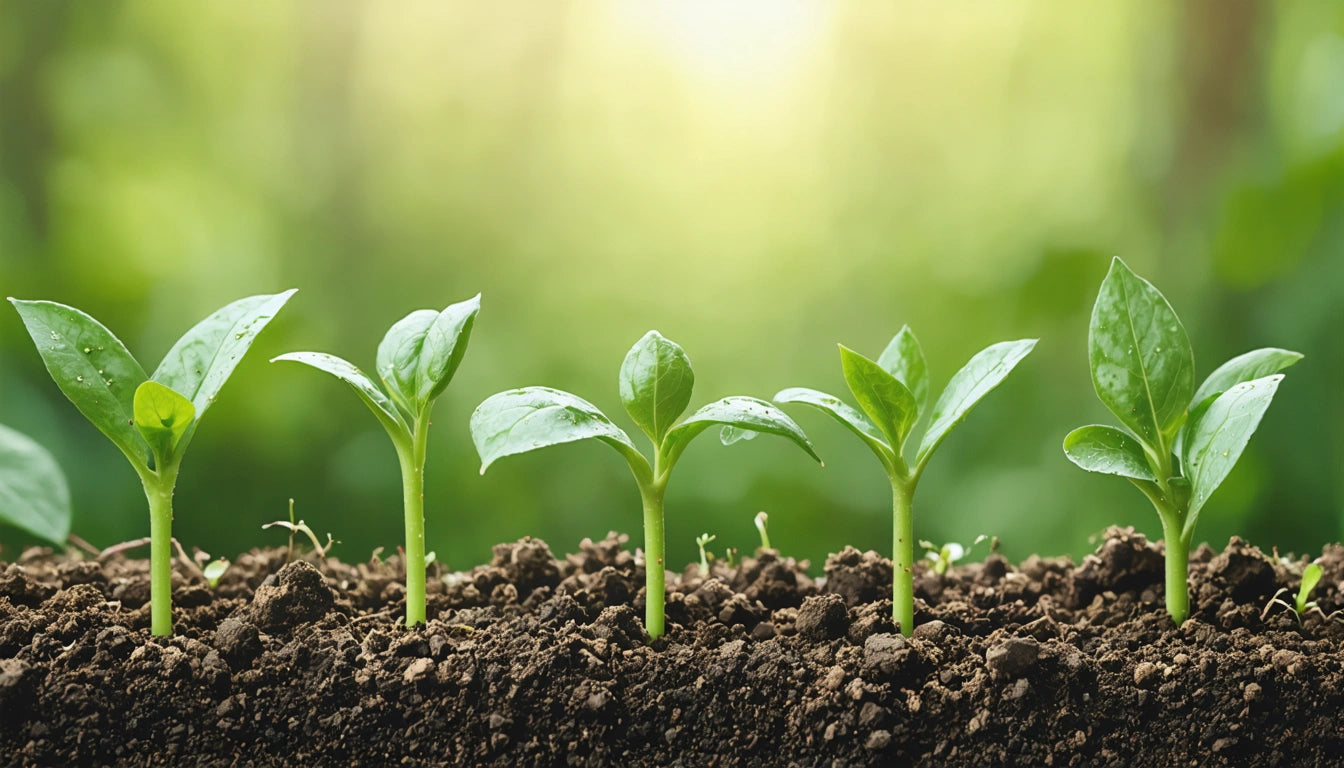Table of Contents
- The Science Behind Cannabis and Paranoia
- THC vs CBD: Understanding the Paranoia Connection
- Risk Factors: Why Some People Experience Paranoia
- Cannabis Strains Less Likely to Cause Paranoia
- Practical Strategies to Prevent Cannabis-Induced Paranoia
- Managing Paranoia When It Occurs
- Informed Consumption: The Key to Positive Experiences
Understanding Why Cannabis Can Cause Paranoia and How to Avoid It
Cannabis affects everyone differently. While many users report relaxation and euphoria, others experience anxiety and paranoia. Understanding why weed causes paranoia in some people can help consumers make informed choices about their consumption habits and product selection.
The Science Behind Cannabis and Paranoia
Cannabis contains over 100 cannabinoids, but tetrahydrocannabinol (THC) is primarily responsible for psychoactive effects, including potential paranoia. THC binds to cannabinoid receptors in the amygdala, the brain region that regulates fear and anxiety responses.
When THC activates these receptors, it can heighten sensory perception and alter thought patterns. For some users, this manifests as increased anxiety, racing thoughts, or paranoid ideation. Research suggests that THC can temporarily increase dopamine levels, which in excess may contribute to paranoid thinking.
THC vs CBD: Understanding the Paranoia Connection
The relationship between cannabis compounds and paranoia is complex:
- THC: Higher concentrations are more likely to trigger paranoia, especially in inexperienced users
- CBD: Often counteracts THC's anxiety-inducing effects
- Terpenes: Certain aromatic compounds may influence how THC affects the brain
Unlike THC, CBD does not make you paranoid. In fact, CBD may actually reduce anxiety and mitigate some of THC's uncomfortable side effects. Products with balanced THC:CBD ratios typically produce less paranoia than high-THC varieties.
Dosage Sensitivity
Paranoia is often dose-dependent. Even experienced users may feel paranoid if they consume more THC than usual. When trying new products, proper packaging with clear dosage information is crucial. Many consumers find child-resistant storage options for their flower helpful for maintaining potency while keeping track of what strains might trigger paranoia.
Risk Factors: Why Some People Experience Paranoia
Several factors influence why pot causes paranoia in some individuals but not others:
Genetic Predisposition
Research suggests genetic variations in cannabinoid receptors and enzymes that metabolize THC may make some people more susceptible to cannabis-induced paranoia.
Mental Health History
Individuals with anxiety disorders, depression, or family history of psychosis may be more vulnerable to paranoid reactions. In rare cases, cannabis can trigger more serious reactions, as discussed in this article on cannabis-induced psychosis.
Set and Setting
Environmental factors significantly impact cannabis experiences. Consuming in uncomfortable surroundings or during periods of stress increases the risk of paranoia.
Cannabis Strains Less Likely to Cause Paranoia
For those wondering what weed doesn't make you paranoid, consider these characteristics:
- Balanced THC:CBD ratios (1:1 or higher CBD content)
- Lower overall THC percentages (under 15%)
- Strains rich in the terpene linalool, known for calming effects
- Indica-dominant varieties, which typically produce more relaxing body effects
Popular options include Harlequin, ACDC, Cannatonic, and Pennywise. These strains often provide therapeutic benefits while minimizing anxiety and paranoia.
Practical Strategies to Prevent Cannabis-Induced Paranoia
To enjoy cannabis without paranoia:
Start Low, Go Slow
Begin with minimal doses and gradually increase as tolerance develops. This approach is particularly important for inexperienced users or when trying new products.
Choose Products Wisely
Select products with moderate THC levels and detectable CBD content. Cannabis affects mood and perception differently depending on its chemical profile.
Mindful Consumption
Create a comfortable environment free from stressors. Have trusted friends present, especially when trying new products or higher doses.
Managing Paranoia When It Occurs
If you experience cannabis-induced paranoia:
- Remember it's temporary and will pass
- Practice deep breathing exercises
- Move to a quiet, familiar environment
- Try black pepper (contains beta-caryophyllene, which may counteract THC effects)
- Consume CBD if available
- Stay hydrated and eat something light
Most importantly, avoid consuming more cannabis until symptoms subside completely. Additional THC will likely intensify paranoid feelings rather than relieve them.
Informed Consumption: The Key to Positive Experiences
Understanding your personal response to cannabis is essential for enjoyable experiences. Keep a journal noting strains, dosages, consumption methods, and effects to identify patterns and preferences. This personalized approach helps avoid products that trigger paranoia while discovering those that provide desired benefits.
For many consumers, the occasional experience of mild paranoia is outweighed by cannabis's positive effects. By implementing these strategies and paying attention to individual responses, most users can minimize uncomfortable side effects while maximizing therapeutic and recreational benefits.
Remember that cannabis affects everyone differently, and what works for others may not work for you. With mindful consumption practices and product selection based on your unique needs, you can develop a cannabis routine that enhances wellbeing without unwanted paranoia.











Leave a comment
All comments are moderated before being published.
This site is protected by hCaptcha and the hCaptcha Privacy Policy and Terms of Service apply.